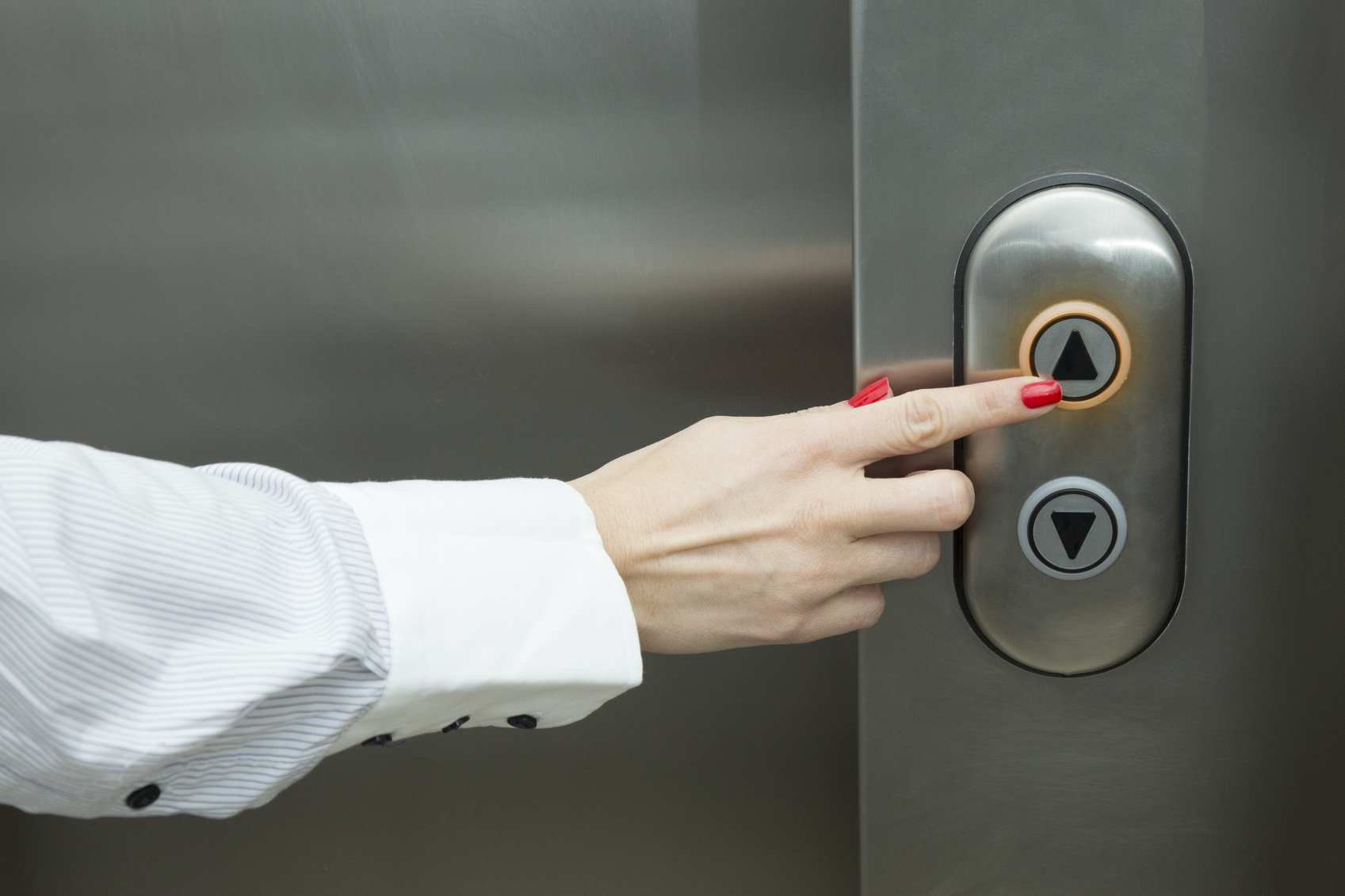We Maintain Lifts to the Greatest Standards: Reliable Service for All Lift Kind
We Maintain Lifts to the Greatest Standards: Reliable Service for All Lift Kind
Blog Article
Digging Into the World of Lifts: Usual Problems Dealt With by Various Lift Mechanisms
As we navigate through the vertical transportation systems of contemporary buildings, elevators stand out as a crucial component of our daily lives. However, behind their seamless operation exists a globe of intricate mechanisms that can occasionally run into obstacles. From hydraulic elevators to traction systems and machine-room-less layouts, each lift type features its collection of typical issues. Recognizing these difficulties is crucial for making certain the smooth functioning of these essential systems. Let's check out the intricacies that underlie the procedure of elevators and the possible issues that can occur, clarifying the intricate internet of lift devices.
Hydraulic Lifts
Hydraulic lifts, typically preferred for low-rise buildings, use fluid stress to control the motion of the lift auto (lift repair companies). This mechanism includes a hydraulic pump pressing oil into a cylinder, creating the elevator to relocate the wanted direction. While hydraulic lifts are understood for their smooth and silent procedure, they do come with their own collection of common concerns
One prevalent issue with hydraulic lifts is oil leak. Furthermore, issues with the control system, such as faulty shutoffs or a malfunctioning pump, can create disturbances in the lift's movement.
Regular maintenance and punctual repairs are important to guarantee the smooth performance of hydraulic elevators. By addressing these usual problems proactively, structure owners can decrease downtime and ensure the security and performance of their vertical transport system.
Grip Elevators
When thinking about vertical transport systems in buildings, another common kind other than hydraulic lifts is the traction lift. Traction elevators run using a system of ropes and counterweights that move the lift vehicle by gripping onto the hoist ropes. This system enables for smoother and quicker vertical transport compared to hydraulic systems.
One of the common issues encountered by traction lifts is rope wear. The consistent motion of the ropes within the grip system can result in deterioration in time, potentially causing the lift to malfunction or end up being dangerous for use. Regular inspections and maintenance of the ropes are necessary to ensure the elevator's appropriate performance and safety and security.
An additional issue that grip elevators might experience is associated with the control system. Troubles with the control system can result in concerns such as unpredictable movement, hold-ups in reaction times, or even complete closures. Routine testing and maintenance of the control system are important to stop such problems and guarantee the lift's reliability.
Machine-Room-Less (MRL) Elevators

One of the key parts of MRL elevators is the portable gearless traction machine that is mounted within the hoistway. This maker effectively drives the lift auto without the demand for large equipment click now located in traditional traction lifts. Furthermore, MRL lifts commonly utilize a counterweight system to stabilize the vehicle, further boosting their energy efficiency.
Regardless of their advantages, MRL lifts might face obstacles associated to repair and maintenance due to the restricted room for equipment installation. Access for servicing elements within the shaft can be restricted, calling for specialized training for service technicians. Proper maintenance routines and normal evaluations are critical to guarantee the ongoing smooth procedure of MRL lifts.
Overloading and Weight Restriction Issues
Are elevators outfitted to handle excess weight tons effectively and securely? Straining and weight restriction concerns are critical issues in lift operations. Lift makers layout raises with details weight capacities to ensure traveler safety and security and tools longevity. Exceeding these weight limitations can bring about numerous problems, consisting of mechanical failings, delays, and safety dangers.
When elevators are have a peek at this site strained, it places extreme strain on the electric motor, cords, and various other elements, potentially creating breakdowns or malfunctions. If they discover excess weight, safety devices such as sensing units and overload sensing units are in place to protect against lifts from moving. Additionally, exceeding weight limits can bring about raised energy consumption and damage on the elevator system.
To mitigate overwhelming issues, building supervisors need to plainly show weight restrictions in elevators and enlighten owners on the value of sticking to these limitations - lift repair companies. Normal maintenance checks by certified service technicians can also assist ensure that lifts are operating within secure weight specifications. By dealing with overloading and weight limit concerns proactively, structure owners can boost elevator security and efficiency
Electric System Failures
Exceeding weight restrictions in elevators can not only lead to mechanical concerns but likewise potentially contribute to electric system failings Continued within the lift framework. Electrical system failings are an important problem in elevator operation, as they can trigger unexpected shutdowns, breakdowns, or also security risks.
Furthermore, power surges or changes in the electric supply can likewise interfere with the elevator's operation, influencing its performance and safety and security. These electric disturbances can harm delicate lift parts such as control board, circuit boards, or sensors, leading to system failures. Normal upkeep and evaluations are important to identify and address possible electrical issues without delay, making certain the reliable and risk-free operation of lift systems. By adhering to weight limits and performing regular electrical system checks, building proprietors can reduce the threat of electric failures in lifts.
Conclusion

Hydraulic elevators, typically chosen for low-rise buildings, make use of fluid stress to manage the movement of the lift cars and truck.When thinking about vertical transport systems in structures, one more typical type aside from hydraulic elevators is the grip elevator. Traction lifts run using a system of ropes and weights that move the elevator car by grasping onto the hoist ropes. Unlike standard elevators that need a different machine space to house the tools, MRL elevators incorporate many of the elements within the shaft, removing the need for a committed device area.In conclusion, lifts encounter typical concerns such as hydraulic malfunctions, grip system failings, and electric system problems.
Report this page